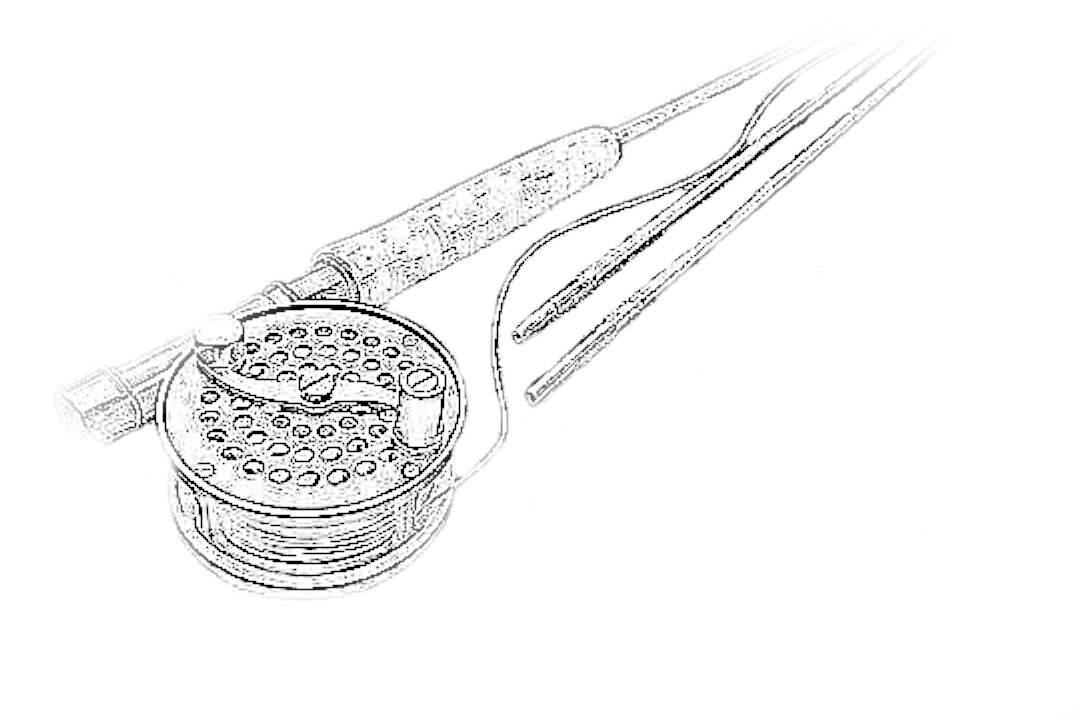
F.A.Q.
Catch And Release
It's Ok
To Let Fish Go
Catch and Release
Alright, so you're out here with us, Alaska Rainbow Adventures, and we're all about making sure you have an epic time on the water. But as guides, we also really focus on protecting these incredible fish and rivers. That means how we **handle and release our fish** is super important for their survival, especially when those summer temps warm up.
Best Practices for Catch and Release
When you hook into one, it's a rush, right? But **getting that fish landed and released quickly and gently** is critical. If it's a hot day, that stress on the fish goes way up, so speed and care are even more important.
We always try to keep the fish in the water as much as possible. If you need to measure or get a quick photo, do it with the fish still submerged, cradled gently with both hands. **Wet your hands before you touch them** – that protects their slime coat. And never, ever just toss a fish back. Support it gently, facing it into the current, until it kicks off strong from your hands. If it's not ready, you might need to **revive it a bit**. Just gently move it back and forth in the water until it swims freely. If you're on the boat, you can even leave it in the landing net, underwater, with the opening facing the current until it's ready to bolt. Keeping them in the water not only gives them oxygen for recovery, but it supports their weight, which helps protect their internal organs and spine.
Your Gear & Landing Strategy
This might seem obvious, but use **gear and line that's strong enough** to bring that fish in fairly quickly. We don't want to exhaust it too much. And speaking of gear, we're big proponents of **flies over bait** here. Fish caught on flies tend to survive better.
Our biggest piece of advice? **Go barbless!** We really push this. Barbless hooks allow for a much quicker and less injurious release. You can either buy barbless hooks or just crimp down that barb on your regular hooks with a pair of pliers before you tie on.
When you're ready to **land your fish**, try to do it quickly before it's totally played out. We always use **knotless or rubber mesh nets** because they minimize damage and cut down on handling time. Oh, and a quick tip: if the water temperature starts nearing 70 degrees, especially for cold-water species like trout, we might suggest taking a break. High water temps really stress fish, and they're less likely to survive release.
Removing the Hook
Again, the goal is quick and gentle. If you can, **remove the hook while the fish is still in the water**. A **hemostat** is your best friend here for backing the hook out. If a fish is really deeply hooked, sometimes the kindest thing you can do is just **cut the line** as close to the hook as possible. It's tough to do, but it's often the best choice for the fish.
Respecting Local Traditions: It's Not Just About Fishing
This is super important, folks, and it's something we talk about with all our guests. When you're visiting Western Alaska, it's crucial to respect the rights of private property owners, and even more so, to really understand and honor the **traditional Yup'ik perspectives** on fishing. Many local residents actually have concerns about catch-and-release, sometimes seeing it as disrespectful to the fish.
Their traditional ethics teach that if animals are mistreated, it can disrupt the natural order, and they worry about future food shortages – that the fish might just move away and not return. So, when you're out here with us, we really encourage you to acknowledge and respect these traditions by treating every fish with the utmost care and observing impeccable catch-and-release practices. It's about being a good guest in their homeland.
So, in a nutshell: keep fish in the water, use single hook lures or flies, cradle them with both hands for pictures, pinch down those barbs, and if you can't remove the hook easily, just cut the line. Follow these simple guidelines, and we'll ensure both incredible fishing memories and healthy, vibrant fisheries for years to come!



